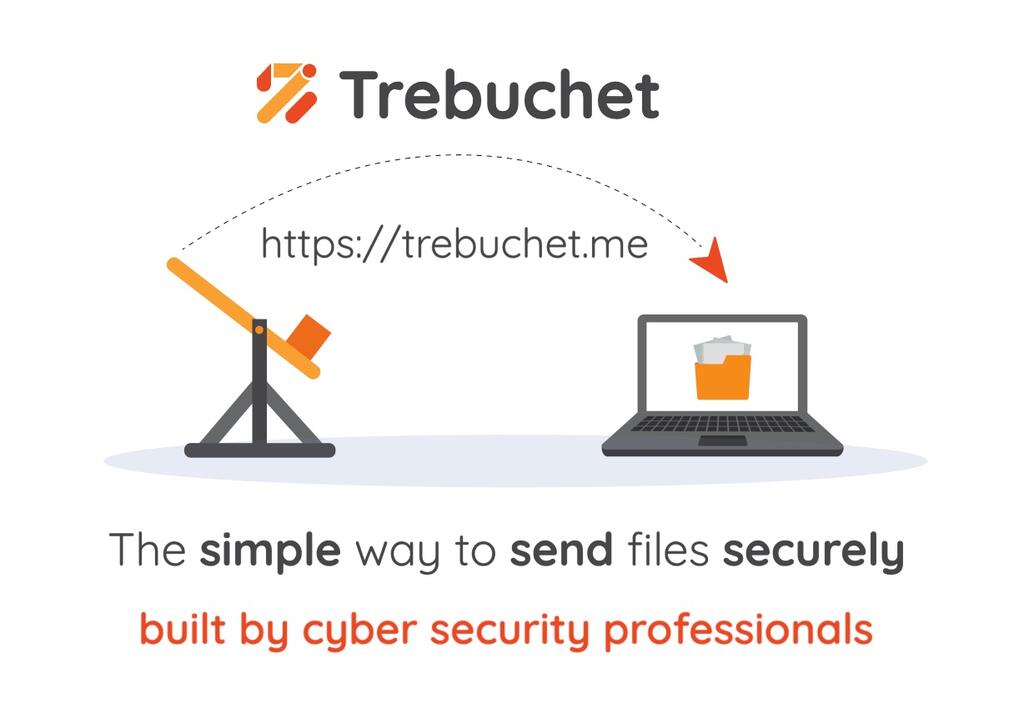The recent breach at the Ministry of Defence is a stark reminder of the vulnerabilities that exist within government data handling. While the specifics are concerning, the underlying causes will be familiar to anyone working in public sector IT security.
The MoD breach: A systemic challenge
A spreadsheet containing the personal details of almost 19,000 people was accidentally leaked by an official at UK Special Forces headquarters. The document, intended for a restricted Afghan relocation team, was emailed outside the authorised group and later appeared in the public domain. Names from the list were even found on Facebook months later.
The leaked data included names, contact details, and in some cases, family information; details whose exposure could endanger lives. For those affected, this was a catastrophic failure.
This breach underlines a reality security professionals know well: the most advanced technical defences can be undone by simple, everyday actions. Misaddressed emails, forwarded attachments, and overshared files are not rare events; they’re constant risks in every organisation. The responsibility lies not in blaming individuals for honest mistakes, but in equipping them with tools and policies that prevent those mistakes from escalating into serious incidents.
Government response: Principles for safer data handling
Following the incident, the Government Digital Service, in collaboration with the National Cyber Security Centre, released a framework for responsible data handling.
Its principles reflect a clear understanding that prevention is better than cure, and that processes should assume human error will occur.
Key recommendations include:
- Planning breach responses in advance
- Minimising the attack surface when sharing personal data
- Ensuring protection extends through the supply chain
The guidance highlights that some data held by government carries life-or-death consequences if breached. Whether involving individuals at risk (such as domestic abuse victims) or large aggregated datasets that could cause severe operational, reputational, or personal harm. The Afghan breach, tragically, involved both scenarios.

Why attachments and workarounds create risk
The MoD case followed an all-too-common pattern: a simple email attachment was intended for one recipient but large volumes of sensitive data ended up in the hands of unintended recipients. Email attachments are unprotected once they leave the sender’s control and the risk builds up over the years due to their persistence in email systems.
A single compromised mailbox or malicious insider can expose years of sensitive data.
When official file-sharing systems are slow or difficult to use, staff often turn to unauthorised tools such as Dropbox, WeTransfer, or personal cloud accounts. These services prioritise convenience, may operate outside UK jurisdiction, and in some cases permit AI analysis of uploaded files under their terms of service. While prohibited, they are often still used when deadlines are tight and approved options are cumbersome.
Even authorised alternatives can introduce risks. For example, temporary SharePoint access granted to contractors or partners can result in over-broad permissions, exposing far more than intended. In every case, these are symptoms of a gap between what security requires and what users need.
Hexiosec Transfer: Security without the friction
Addressing these challenges means combining strong security with ease of use.
Hexiosec Transfer was built for precisely this balance:
- True end-to-end encryption: Files are encrypted on the sender’s device, with keys only the intended recipient can access. Hexiosec cannot see file contents.
- UK-built and hosted: Meeting data sovereignty needs for government environments.
- Trusted in sensitive government contexts: Already in use where OFFICIAL SENSITIVE material requires strict safeguards.
- No barriers for recipients: No account creation or software installation needed.
- Control after sending: Revoke access at any time and maintain full audit trails.
- No accidental forwarding: Files can’t be accidentally forwarded by the recipient and don’t linger in ever-increasing mailboxes.
By making secure sharing as straightforward as email, without the inherent risks, Hexiosec Transfer removes the need for risky workarounds, while providing compliance evidence for audits and oversight.

A better path forward
Incidents like the Afghan breach are not isolated; they highlight systemic pressures in government — the need to share sensitive data quickly, across multiple organisations, without introducing undue risk.
The solution is not to slow the mission, but to adopt tools designed for this exact operating environment. Hexiosec Transfer allows government teams to meet operational demands while keeping control of their data from the moment it is sent to the moment it is downloaded.
The technology exists today. The question is how quickly organisations can put it in place, before the next breach forces the issue.











